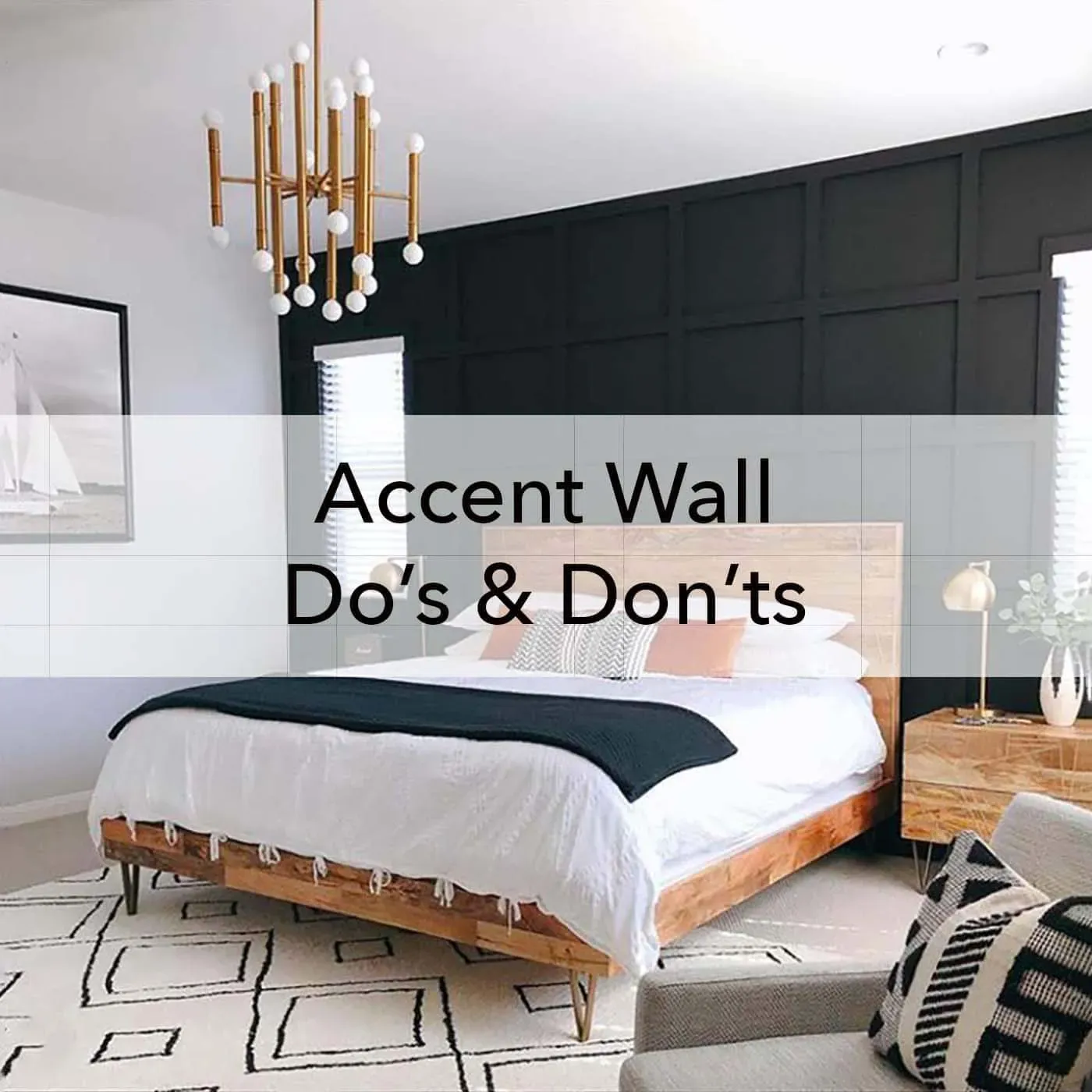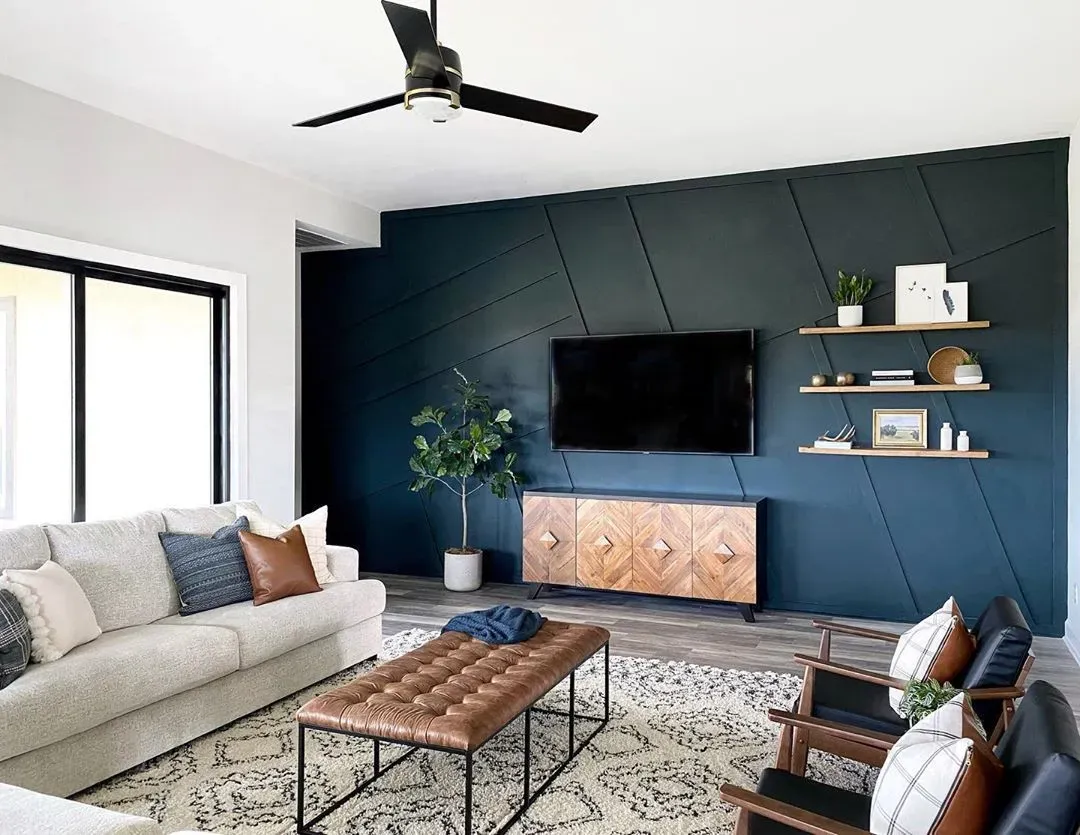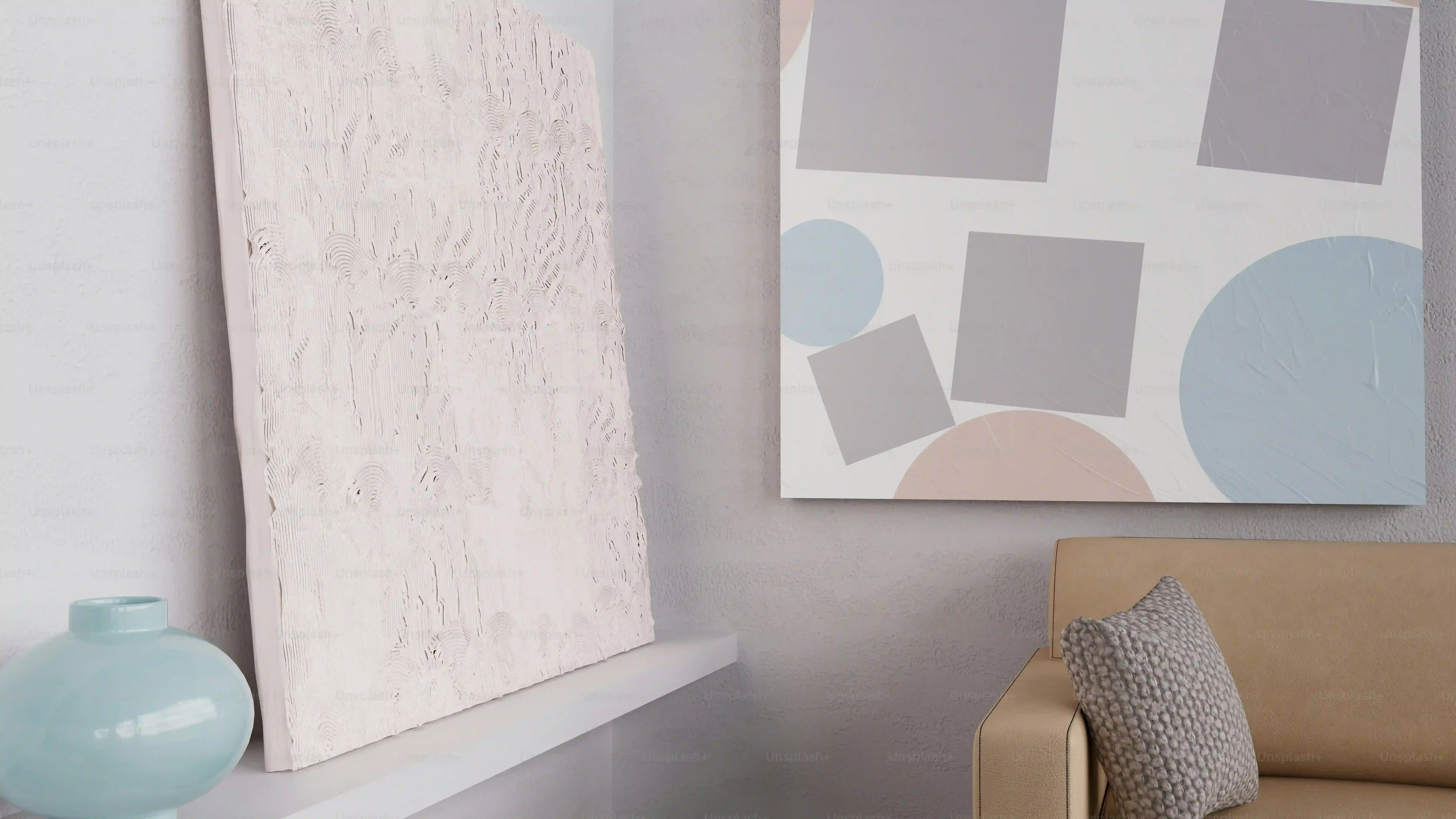Table of Contents
You've seen the photos. That one wall, painted a bold color, maybe covered in wallpaper or something textured. It looks cool in the pictures, but when you stare at your own plain room, you might wonder, really, what do accent walls do for a room? Is it just a fleeting trend, or is there actual substance behind this design move?
The Core Purpose: What Do Accent Walls Do for a Room's Layout?

The Core Purpose: What Do Accent Walls Do for a Room's Layout?
so peeling back the layers, what do accent walls do for a room's layout at its most fundamental level? They act like a giant, undeniable arrow pointing right where you want people to look. Think about walking into a room – your eyes naturally seek out something interesting. A plain box of four identical walls offers no direction. An accent wall changes that equation entirely. It immediately establishes a focal point, a visual anchor. This isn't just about aesthetics; it's practical. Once you have that focal point, arranging furniture becomes infinitely easier. You orient your sofa towards it, place chairs to face it, and suddenly, the room feels intentional, not just like furniture was dropped randomly. It gives the space structure and purpose, guiding traffic flow and defining zones without needing physical barriers.
Adding Drama and Depth: The Visual Impact of Accent Walls

Adding Drama and Depth: The Visual Impact of Accent Walls
Beyond simply pointing you where to look, an accent wall injects pure, unadulterated visual drama. It’s the design equivalent of turning the lights down low and putting a spotlight on something special. By contrasting with the other walls, the accent wall creates a sense of depth that wasn't there before. A dark color on one wall can make that wall appear further away, making a small room feel a bit larger. Conversely, a bold, warm color or a heavily textured surface can make the wall feel closer, creating a cozy, intimate nook. This isn't just about making things look pretty; it's about manipulating perception. A carefully chosen accent wall can make a flat, boring space feel dynamic and layered, adding a richness that a single paint color throughout the room simply cannot achieve. It's like adding a crucial character to a scene; suddenly, the whole narrative of the room changes.
Beyond Color: Texture, Pattern, and Materials in Accent Walls

Beyond Color: Texture, Pattern, and Materials in Accent Walls
Adding Tactile Interest with Texture
Look, paint is great, it's the entry-level stuff for figuring out what do accent walls do for a room. But if you stop there, you're leaving a lot on the table. Texture is where things get interesting. We're talking shiplap that isn't just for farmhouse fanatics, exposed brick (real or veneer, nobody's judging), or even just a heavily textured paint finish like Venetian plaster. Adding texture breaks up the flat plane of a wall, catching light differently throughout the day and adding a layer of visual richness that paint alone can't replicate. It makes you want to reach out and touch it, grounding the room in something physical and a little unexpected. It's not just seen; it's felt, both literally and figuratively, adding a whole new dimension to the space.
Injecting Personality with Pattern
Now, if texture is the quiet, sophisticated cousin, pattern is the life of the party. Wallpaper has made a serious comeback, and for good reason. A bold geometric print, a subtle floral, or even a mural can transform a bland wall into a conversation starter. Pattern adds energy and personality in a way solid color can't. It can be used to highlight a specific area, like behind a bed or in a dining nook, making that spot feel special and defined. Don't be afraid to go a little wild here; the beauty of an accent wall is that it's just *one* wall. If you hate it in five years, it's a lot easier to change than re-papering the entire room. It allows for a level of creative expression that's harder to pull off on all four walls without feeling like you're living inside a circus tent.
- Consider grasscloth wallpaper for subtle texture and natural vibes.
- Try a bold geometric pattern to make a modern statement.
- Use reclaimed wood planks for rustic warmth.
- Explore peel-and-stick options for low-commitment pattern play.
- Think about three-dimensional wall panels for dramatic shadow lines.
Exploring Materials Beyond Paint and Paper
Stepping even further out of the box, what do accent walls do for a room when you use materials that aren't paint or wallpaper at all? Think wood paneling – not your grandma's dark, depressing stuff, but sleek modern slats or warm, wide planks. Consider tile, especially in unexpected places like a living room wall, bringing in gloss, color, and pattern in a durable format. Even less conventional options like cork, fabric panels, or metal sheeting can create incredible visual impact. These materials add weight and substance, making the accent wall feel like a deliberate architectural feature rather than just a decorative surface. It requires a bit more planning and perhaps a professional touch, but the payoff in terms of unique character and undeniable presence can be significant.
Practical Perks: More Reasons What Do Accent Walls Do for a Room

Practical Perks: More Reasons What Do Accent Walls Do for a Room
so we've covered the visual flair and the layout tricks. But what do accent walls do for a room when you get down to the nitty-gritty, practical side of things? For starters, they're a surprisingly cost-effective way to make a big impact. Painting one wall is significantly cheaper and less time-consuming than painting an entire room or investing in expensive art to fill a large space. It’s a low-risk, high-reward strategy for testing out bold colors or patterns you might be hesitant to commit to everywhere. Need to define a workspace in an open-plan living area? An accent wall behind the desk does the job visually without needing a physical barrier. Got an awkward architectural feature you can't remove? Paint it a contrasting color, and suddenly, it looks intentional, maybe even cool, rather than just a weird bump in the wall. They can also help visually balance a room, especially if you have heavy furniture on one side; a bold wall on the opposite side pulls the eye and creates equilibrium.
More Than Just Paint: The Lasting Impact of Accent Walls
So, what do accent walls do for a room? They're far more than a simple splash of color. They are intentional design elements that can anchor a space, create visual hierarchy, and express personality without overwhelming the senses. Whether you use paint, wallpaper, wood, or tile, that single different wall works hard, guiding the eye, adding depth, and making your room feel more considered. It’s a relatively low-stakes way to make a significant impact, proving that sometimes, focusing your efforts on one area yields the most dramatic results.
